If there is one thing that I have learned being a speech-language pathologist, is that one approach and one cue, does not work for every child.
Oh, wouldn’t our jobs be easier if you could just tell your child one thing and it magically stimulated that sounds and therapy could just go on its merry way!
Sure, over my years, I’ve collected my preferred tips and tricks. And this little ‘h insertion’ trick is one of those. Interestingly, when I recently polled SLPs, only about 50% knew about this trick, so I have to share.
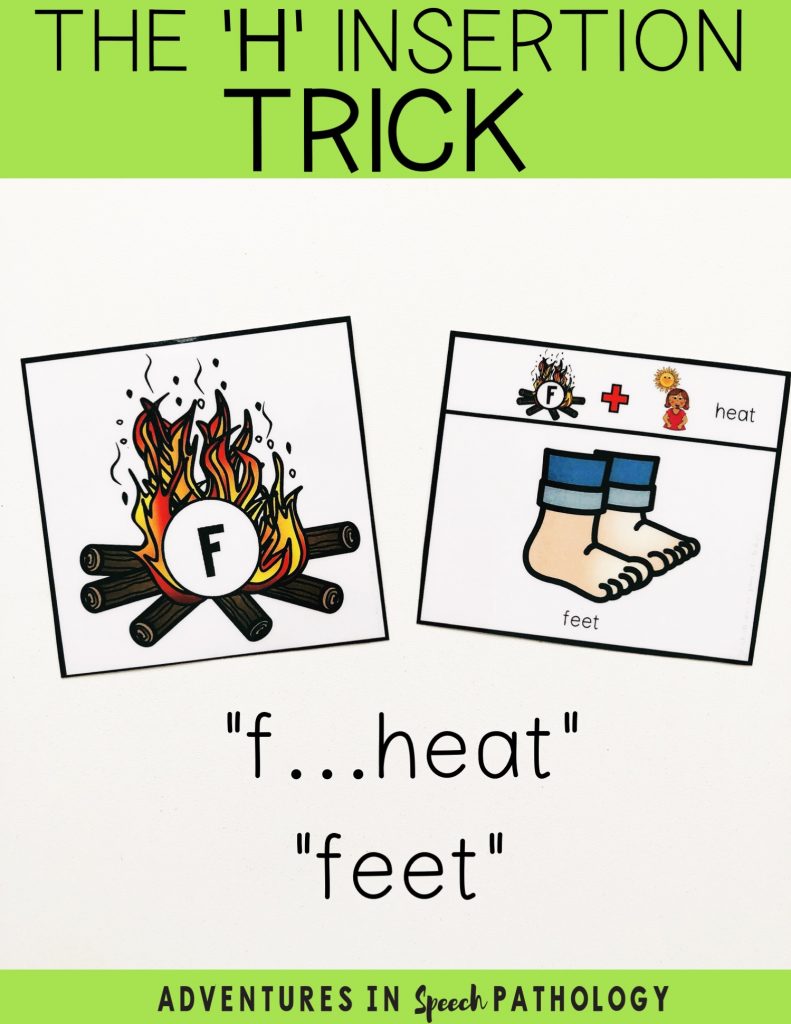
Like with any cue, it shouldn’t be the ONLY thing that you use. I want to make that clear. Cues come and go, and they are intended to help you to get a production.
WHAT IS THE ‘H’ INSERTION TRICK?
Let’s say that you are seeing a four-year-old child, and they keep inserting a plosive sound in between the initial fricative, and the rest of the word. You will hear this as “sdun” (for “sun”), “fbish” (for “fish”) and so forth.
By encouraging your student to insert an ‘h’ sound or word AFTER the initial fricative, you are not only keeping that long airflow going but helping them to transition to the vowel, and rest of the word like “F…hair, f…hish”. I try NOT to isolate that initial phoneme, but instead, elongate it if working with fricatives.
I have read of SLPs using this trick in the context of backward chaining such as “hip, hip, ship”. So, don’t be afraid to play around and see what works best for your child if it helps them be successful.
WHEN MIGHT YOU USE THIS TRICK?
I have seen it used when a child presents with:
- Stopping (especially if the child can say their initial sound in isolation)
- Prevocalic voicing (the ‘h’ sound can be a helpful transition from a voiceless consonant to the voiced vowel)
- Fronting (some SLPs might shape this with a more throaty sounding ‘h’)
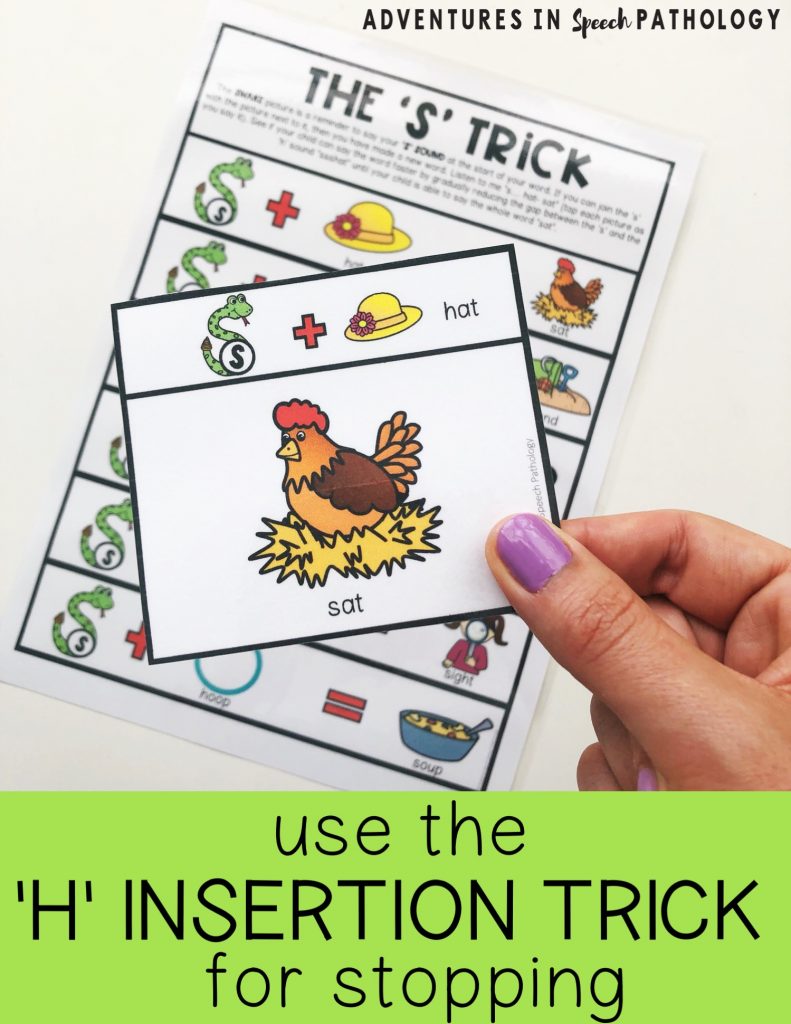
TIP #1 As quickly as you can, try to reduce the gap and blend the initial sound and the rest of the word together. If you don’t do this, your student will be learning to say “f. hip”.
This can be hard to undo.
I get around this by drawing out that initial fricative sound almost like a gentle onset into the ‘h’ word. I want it to all sound joined together.
TIP #2 Don’t stick to teaching a motor pattern only when the issue is phonology. This trick can be that little thing that your student needs to help them be accurate. But if you continue ONLY to use this trick, then you aren’t really addressing the underlying phonological pattern.
WANT THESE CARDS?
GET A COPY OF THESE VISUALS on my TpT store. Otherwise, you can simply teach your students to add in the ‘h’ sound or draw your own.
Have you ever visited the Pam Marshalla page? I have loved reading her Q&A style column to get put more tips and tricks in my therapy bag. I’ll link to the pages that mention the h insertion trick among others:
- Stopping prevocalic sibilants
- Substituting fp for f in initial position
- Stimulating voiceless consonants
Caroline Bowen is a speech-language pathologist who generously shares a wealth of information on the speech-language-therapy.com website that she manages. If you click the link, you will be directed to a range of worksheets. Look for those titled, ‘Aspiration trick’.

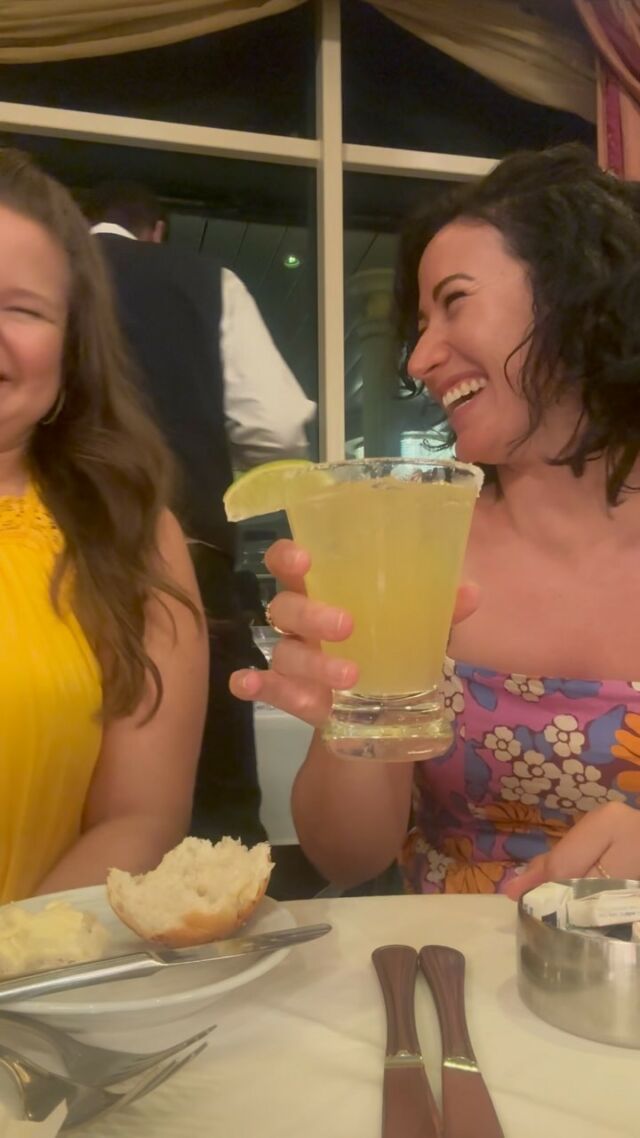



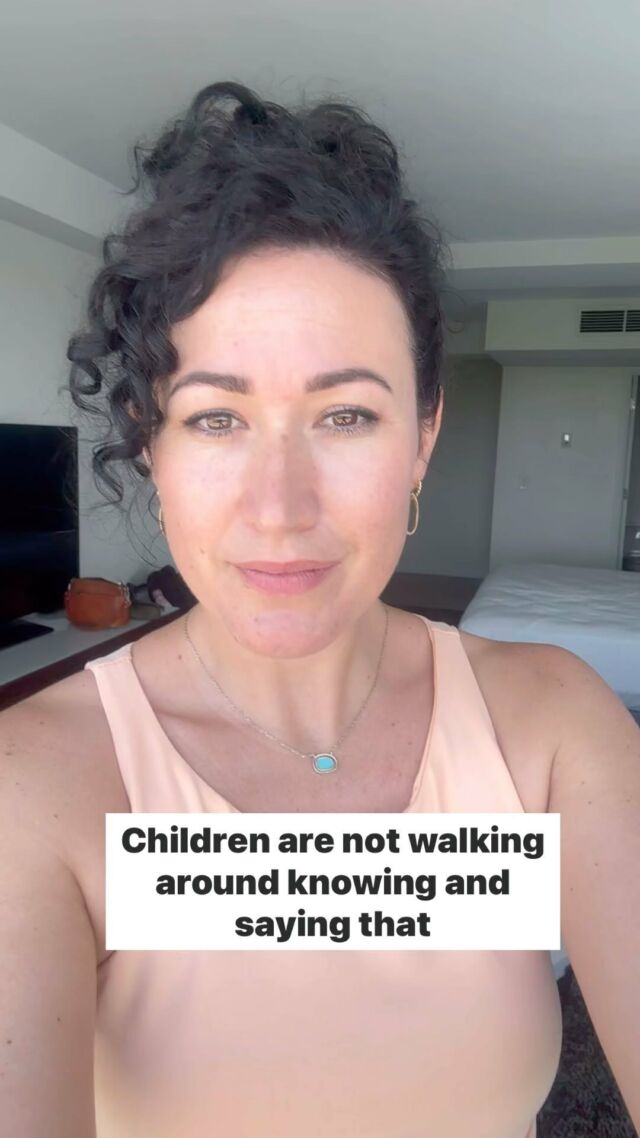

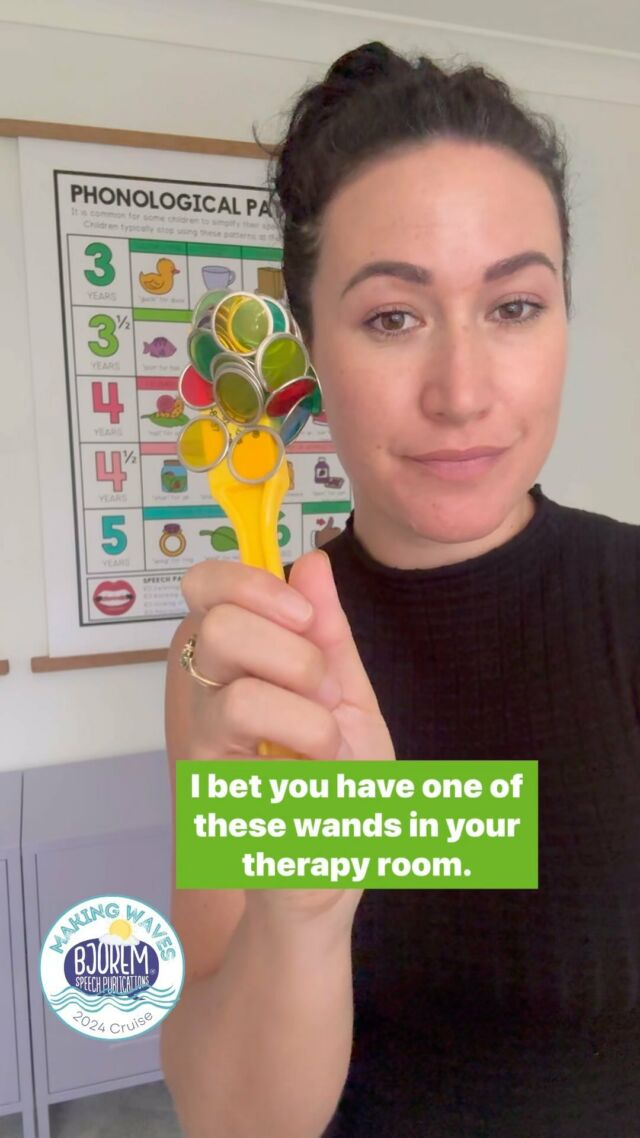
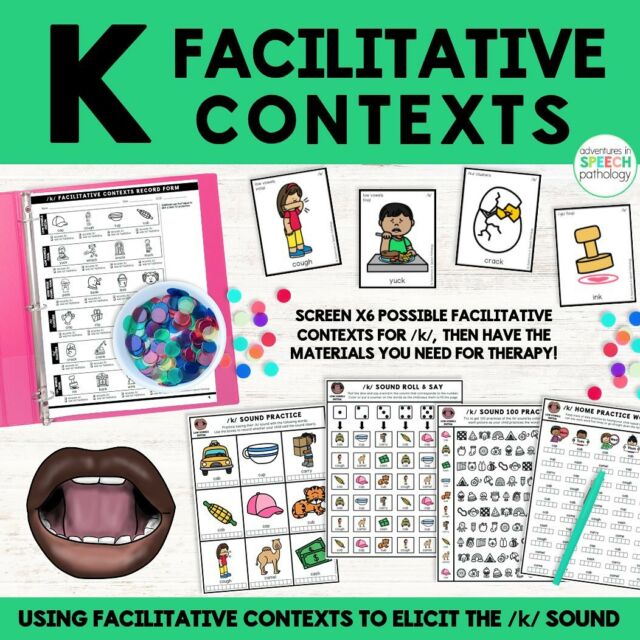


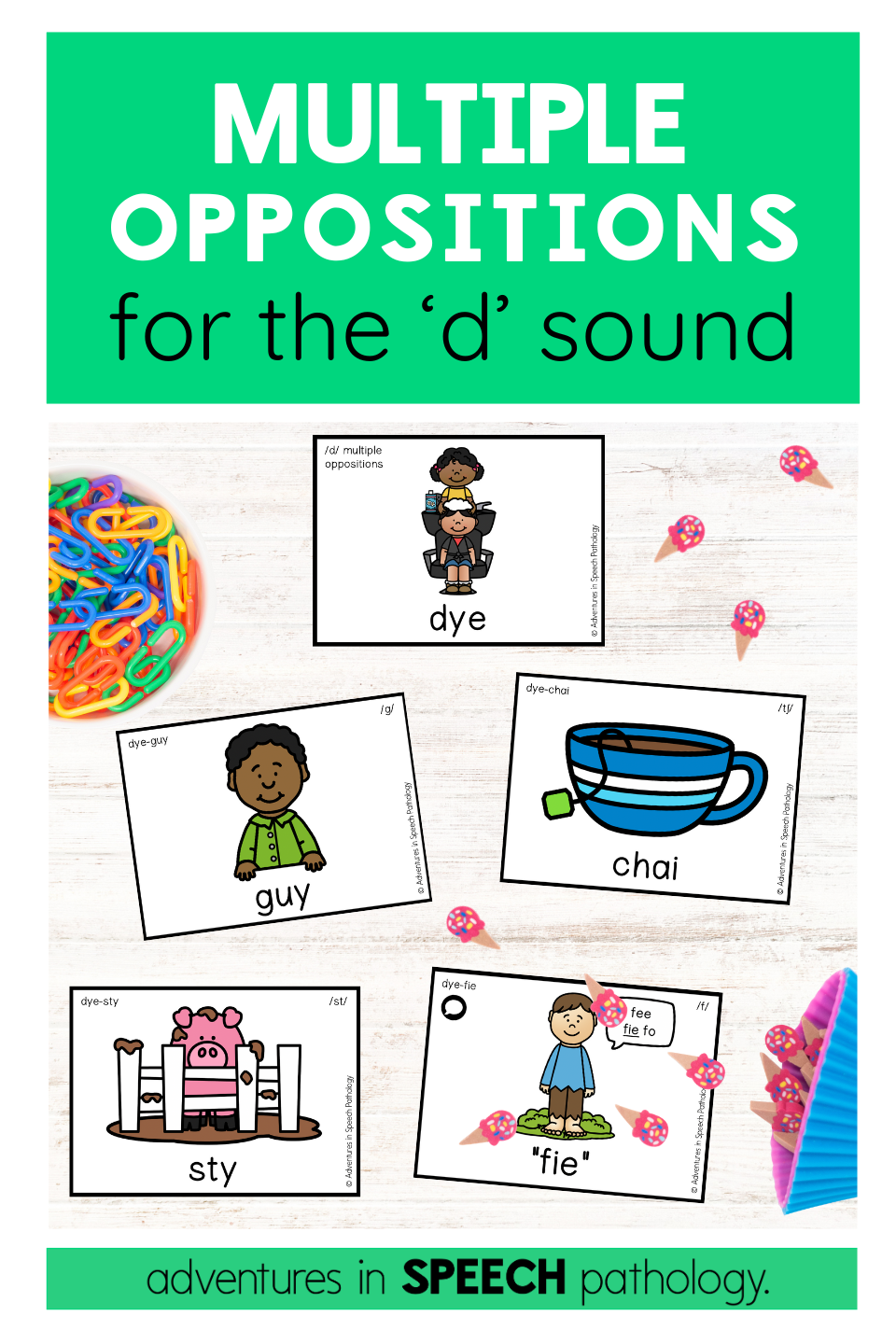



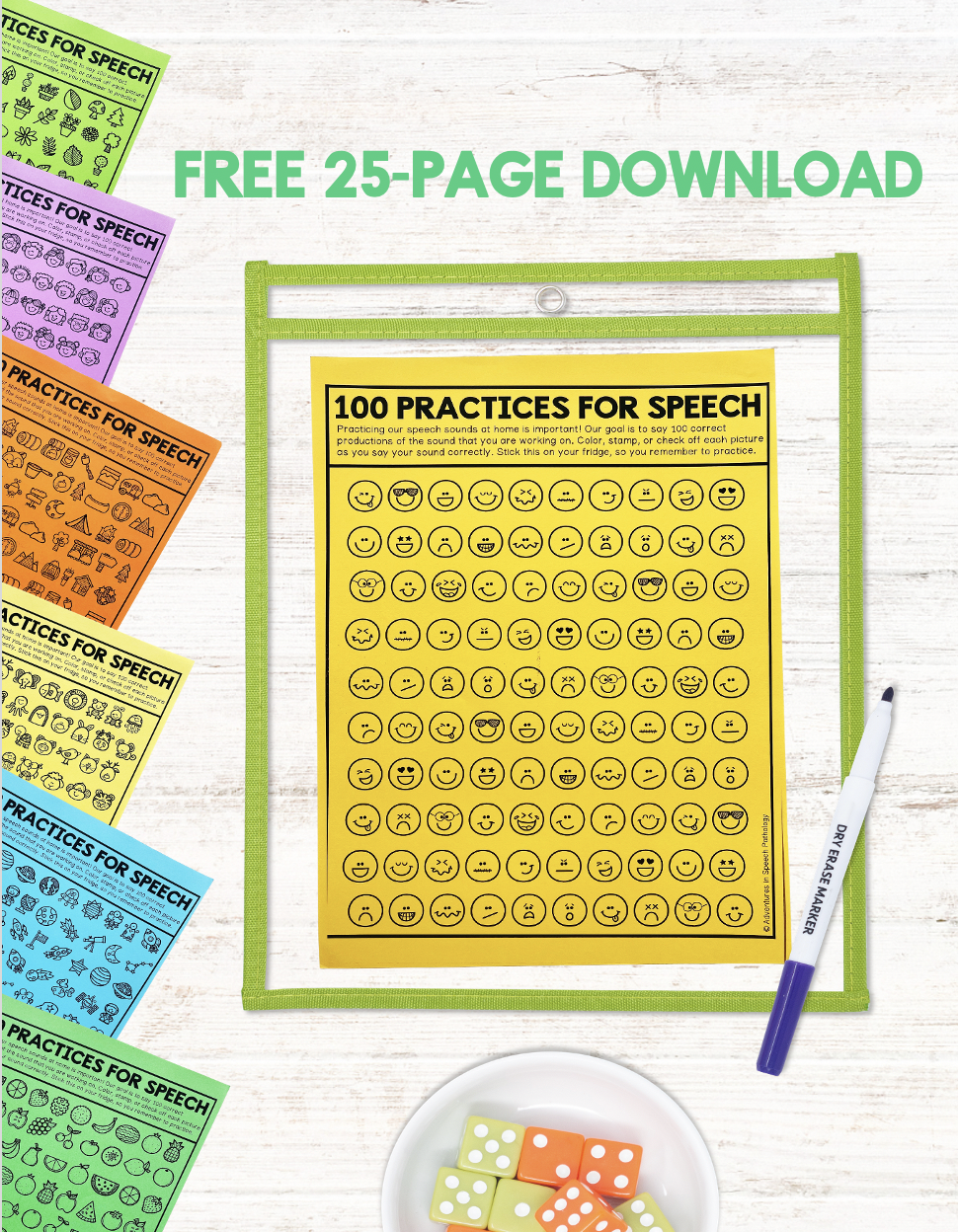


One Comment